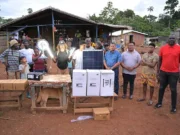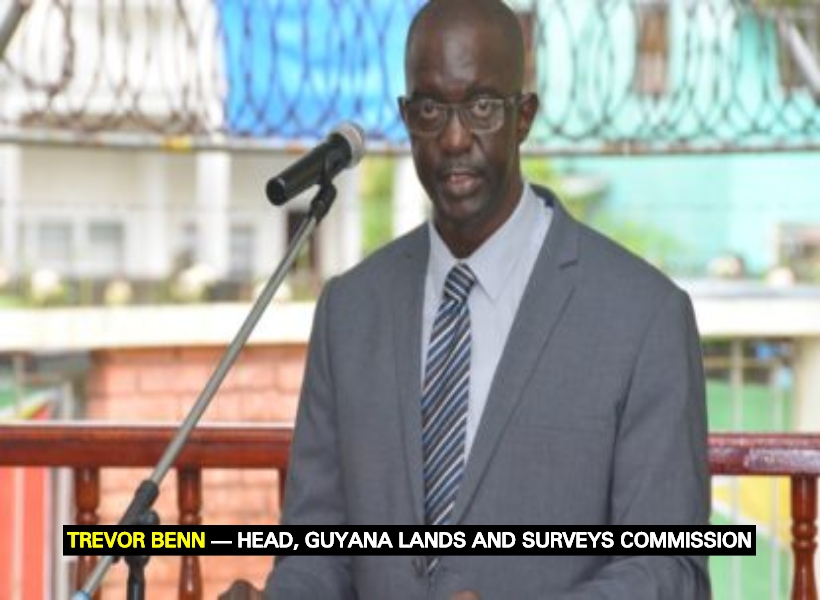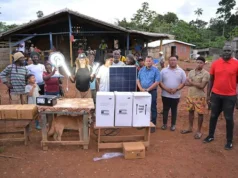Data and information management across sectors is set to be improved with the development of an Action Plan for the National Spatial Data Infrastructure (NSDI).
This is one result of the ‘Mainstreaming Sustainable Land Development and Management (SLDM) Project’ between the Food and Agriculture Organization of the United Nations (FAO) together with the Guyana Lands and Surveys Commission to support the development of land administration, policy, and planning.
The NSDI is a digital and open-data geospatial information system which facilitates communication among different sectors and enhances decision-making processes. The Action Plan sets out the priorities for improving cooperation in data and information management. It will be presented at the World Bank Land and Poverty Conference in March 2019. Guyana will be an international leader in developing and implementing such a plan to improve geospatial data infrastructure.
Trevor Benn, Commissioner of the Guyana Lands and Surveys Commission, said that he was extremely pleased with the development of the Action Plan. According to Sally Bunning, Senior Policy Officer in the FAO Regional Office for Latin America and the Caribbean, NSDI is a basic building block to build efficiency and a modern approach to land management and planning. The NSDI helps different sectors to combine their information and database to create one map, so that all sectors can make decision together. It will enable the Guyana Lands and Surveys Commission to interact better with other agencies and have better information to support farmers and agricultural sectors. The project will contribute to the implementation of the Action Plan.
As part of the SLDM project support was also recently provided to host the United Nations Convention to Combat Desertification (UNCCD) Committee for the Review of the Implementation of the Convention 17th Session, which was a significant step in the global effort to address land degradation. Guyana’s hosting of the event allowed sharing of experiences and innovative ideas for the country to combat land degradation and realize sustainable land management.
The SLDM project started in April 2018 with the objective to promote sustainable land use and the reclamation of degraded lands, which is essential to Guyana’s Green State Development Strategy, the national development plan that guides the country’s green economic and socio-cultural development over the next 15 years. The work is funded by the Guyana REDD+ Investment Fund.
Guyana enjoys a diversity of natural resources including agricultural lands, mineral deposits and rain forests. Such endowment, however, is potentially threatened by land degradation and deforestation. Sustainable land use and management is necessary, not only for protecting soil and water resources and ecosystem within Guyana, but also for enhancing livelihoods, food security and Guyana’s capacity to combat climate change.













